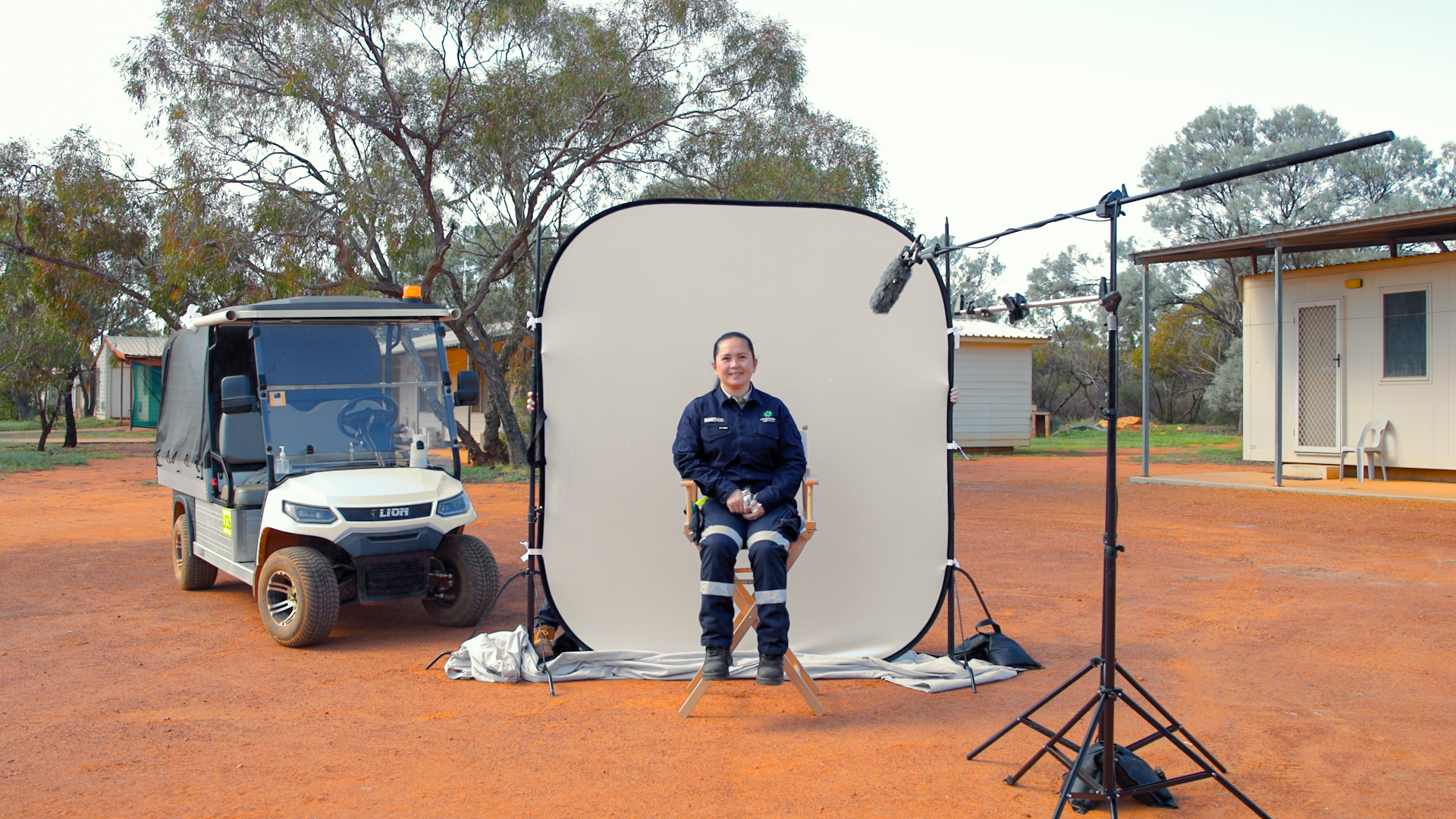Tips from commercial painting professionals to help with your DIY painting problems. Programmed Property Services are the largest employers of painters in Australia and New Zealand. We have a huge knowledge base we can draw from to answer any painting related question. This month, we look at a common problem faced by painters called efflorescence or mottling.
by Nathan D’Couto

How to Identify Efflorescence
The appearance of efflorescence varies greatly. It can be a crusty white powdery look, it can have sharp edges, or it can have indistinct edges. It can cover a large area or form large individual crystals. Its appearance depends partly on the type of salt from which it is composed. Typically efflorescence is almost always white, yellow or brown.
Possible Causes
– Failure to adequately prepare the surface by removing all previous efflorescence.
– Excess moisture escaping through the exterior masonry walls from the inside.
– Efflorescence is harmless, but it’s unslightly, especially on painted masonry surfaces. Its presence indicates excess water, a condition that can damage interiors and encourage the growth of mold.
Solution
If excess moisture is the cause, eliminate the source by repairing the roof and cleaning out gutters, blocked down pipes etc. Ensure that any cracks in the masonry are sealed with a high quality, water based caulk, sometimes also referred to as latex caulk. Our commercial painter experts prefer the sika range for this application.
If moist air is originating inside the building consider installing more adequate ventilation or exhaust fans, especially in bathrooms, laundries and kitchen areas. Remove the existing efflorescence and all other loose paint by pressure washing and wire brushing the area. Use a calcium chloride solution to do a final rinse on the affected area. Typically, this is available at most hardware stores and might be branded under products like Damprid. Ensure the area is then rinsed well. Ideally the surfaces should be left unpainted for about 2 weeks to determine whether the efflorescence is still evident.
Once the source of moisture is eradicated it should be safe to repaint.
Painting
First coat: Use a premium grade masonry sealer and allow it to dry completely. Then apply 2 coats of premium acrylic paint suitable for the area. For external areas, if you can spare a few extra bucks, use an elastomeric wall coating. This will ensure much more tolerance to future outbreaks of efflorescence.
If you’re facing a paint problem or want to know how a professional would do a particular task, speak to us today for some commercial painting advice!
[maxbutton id=”1″ ]





